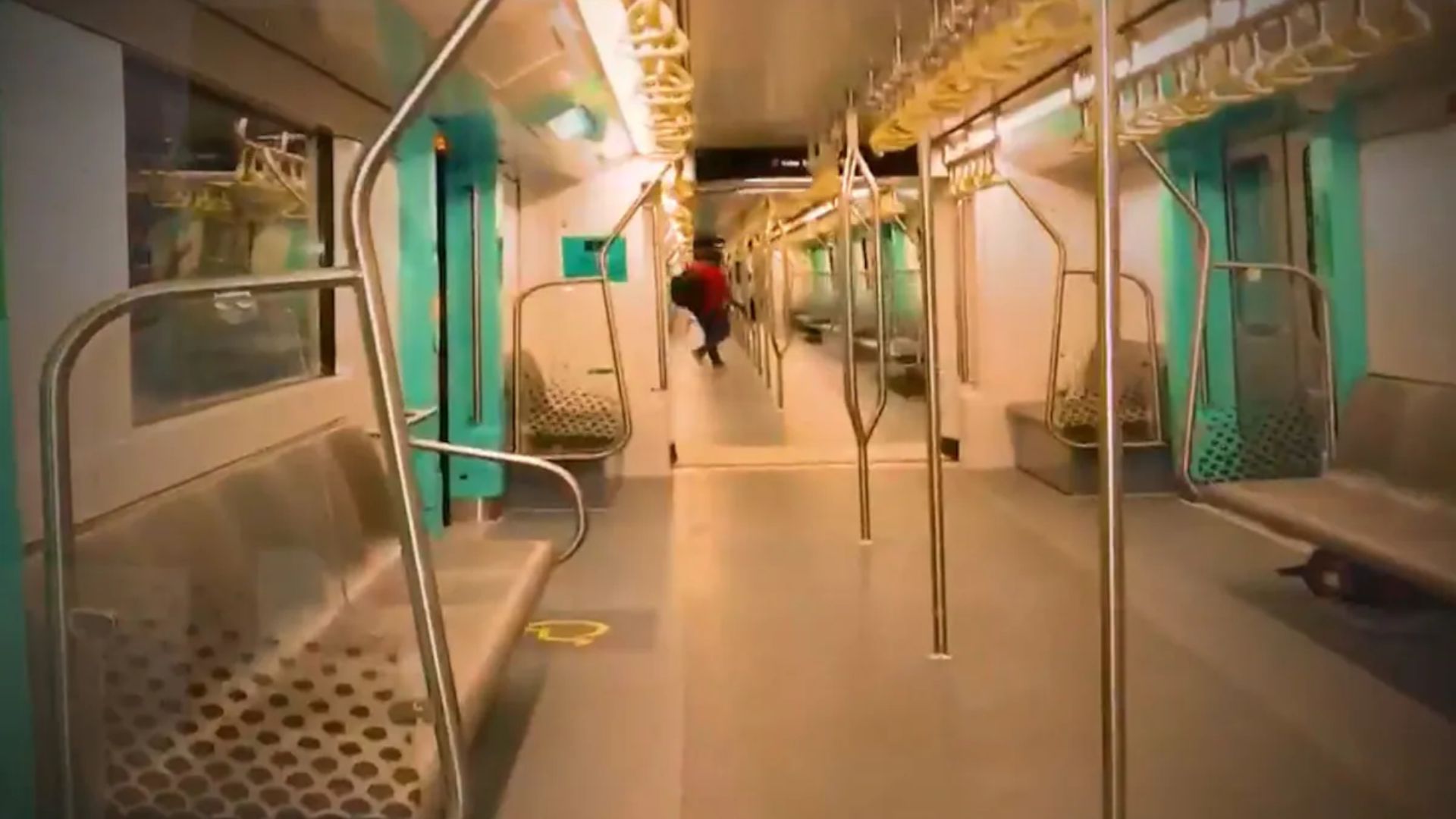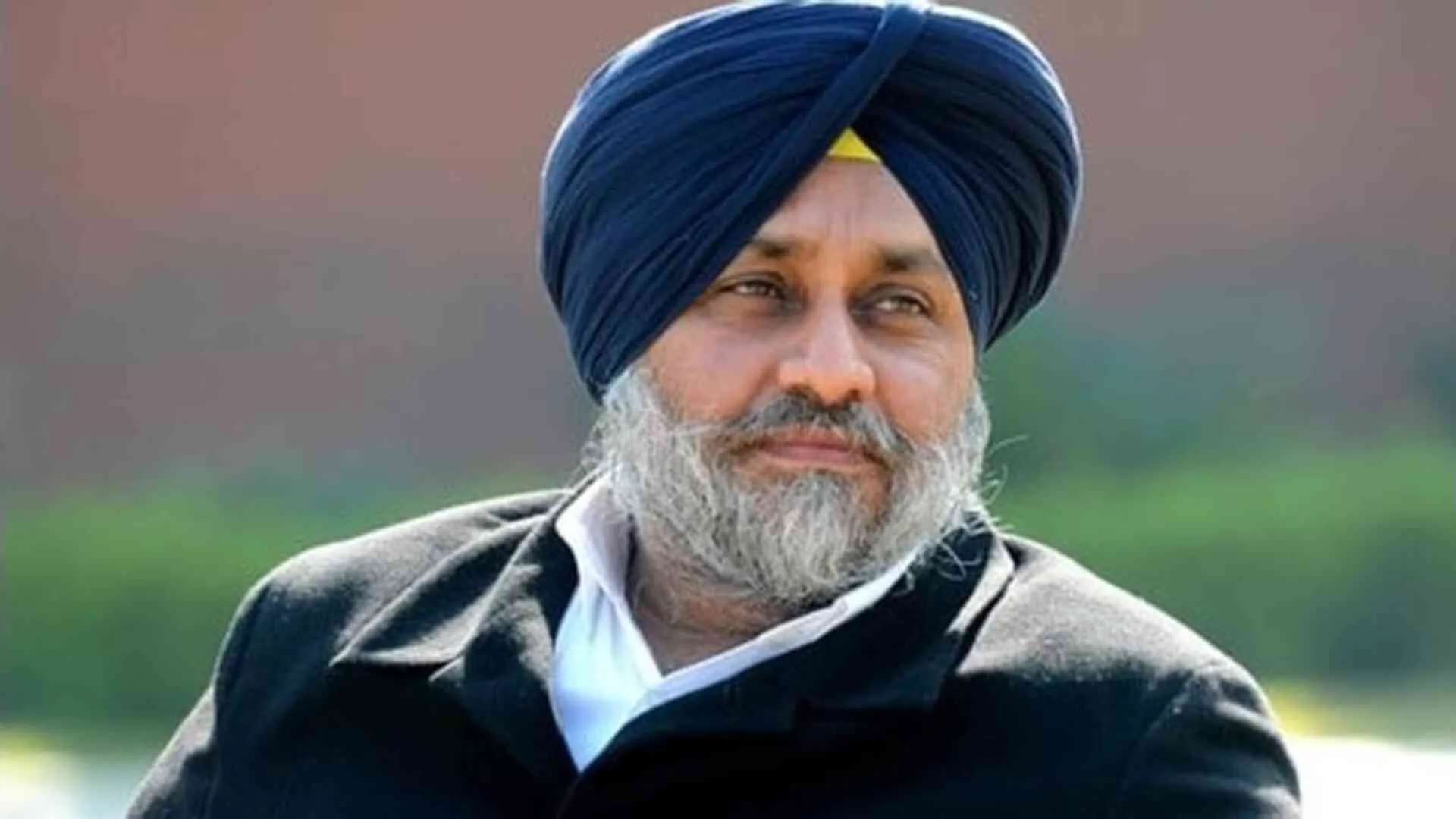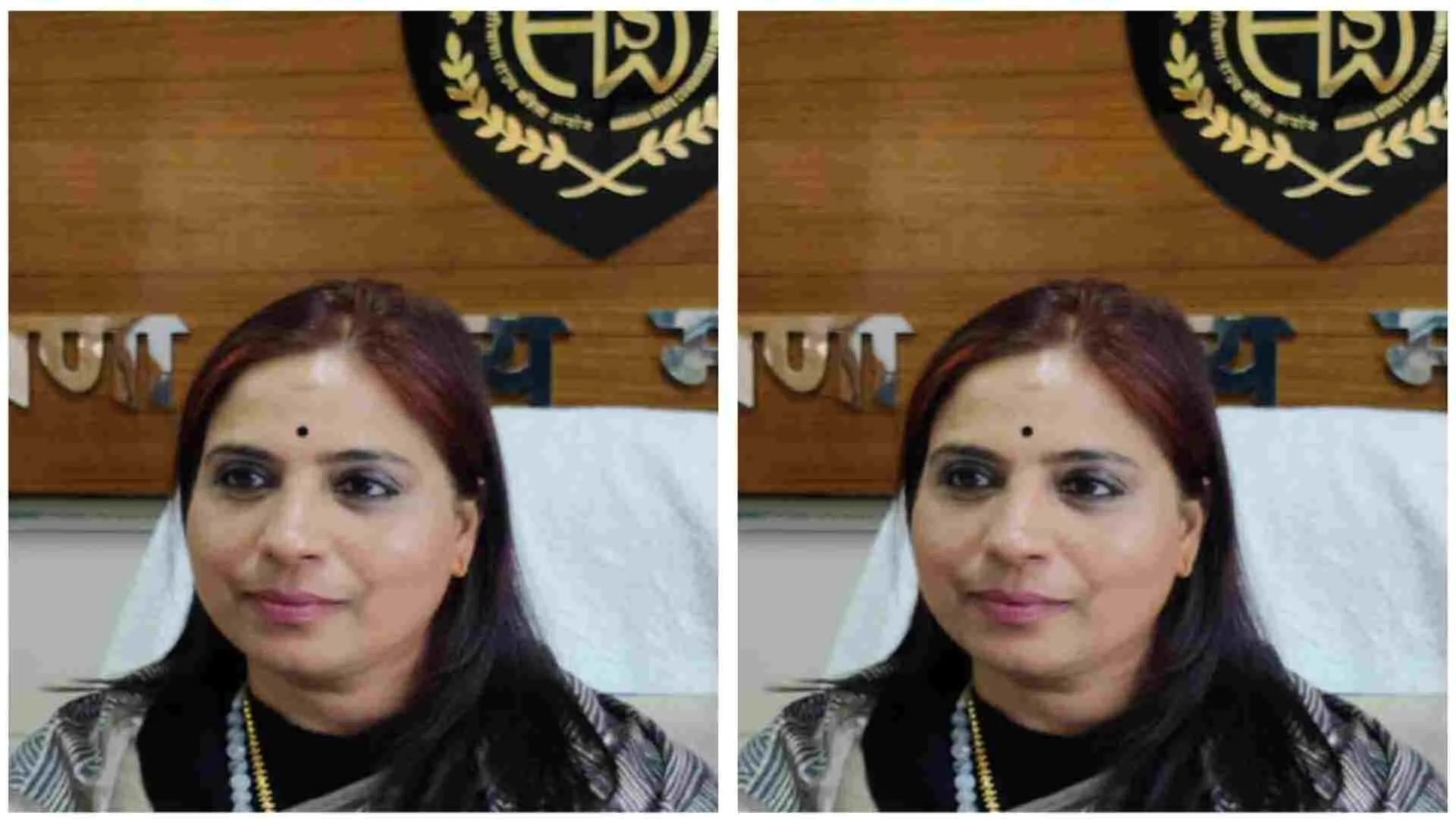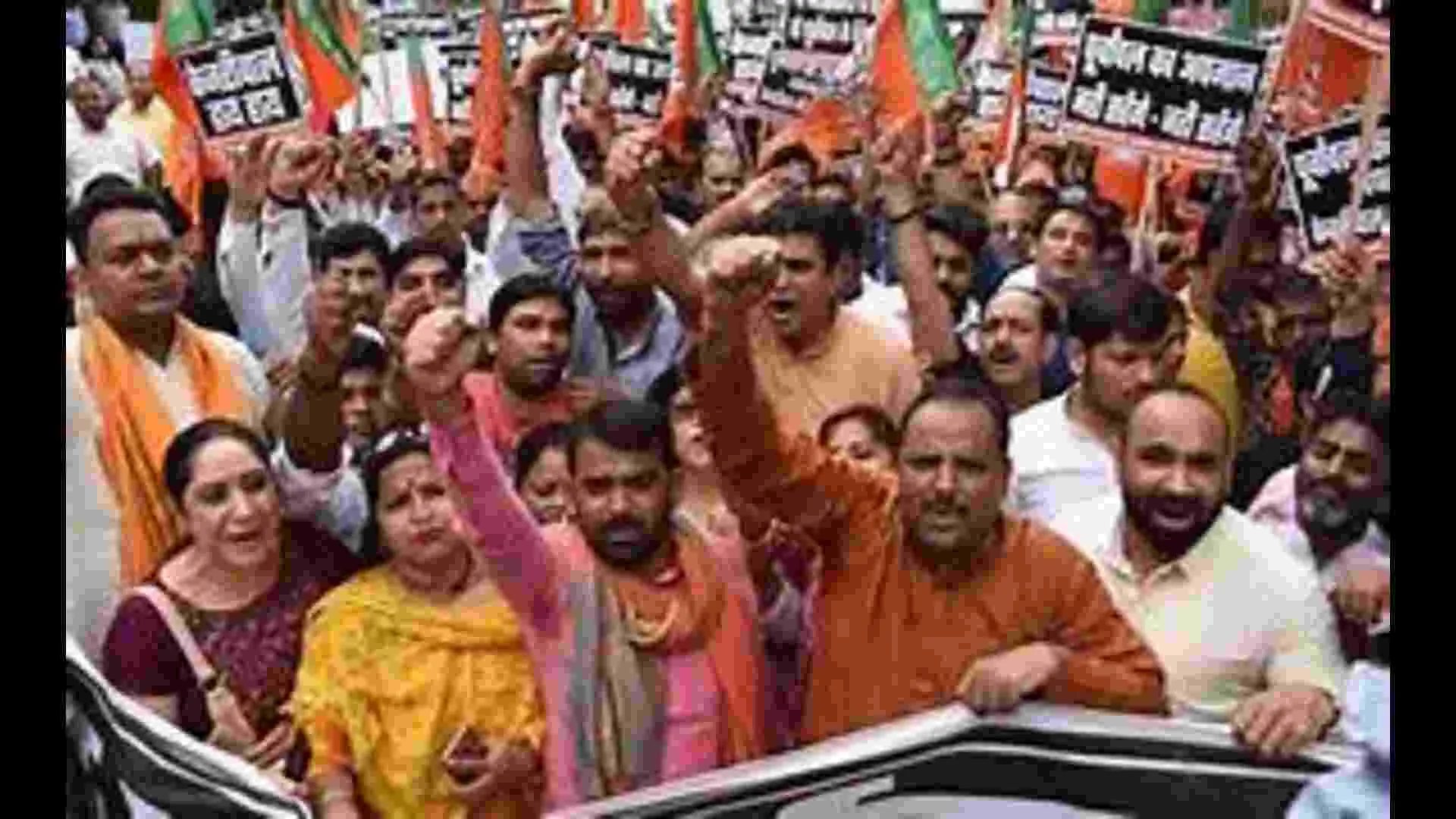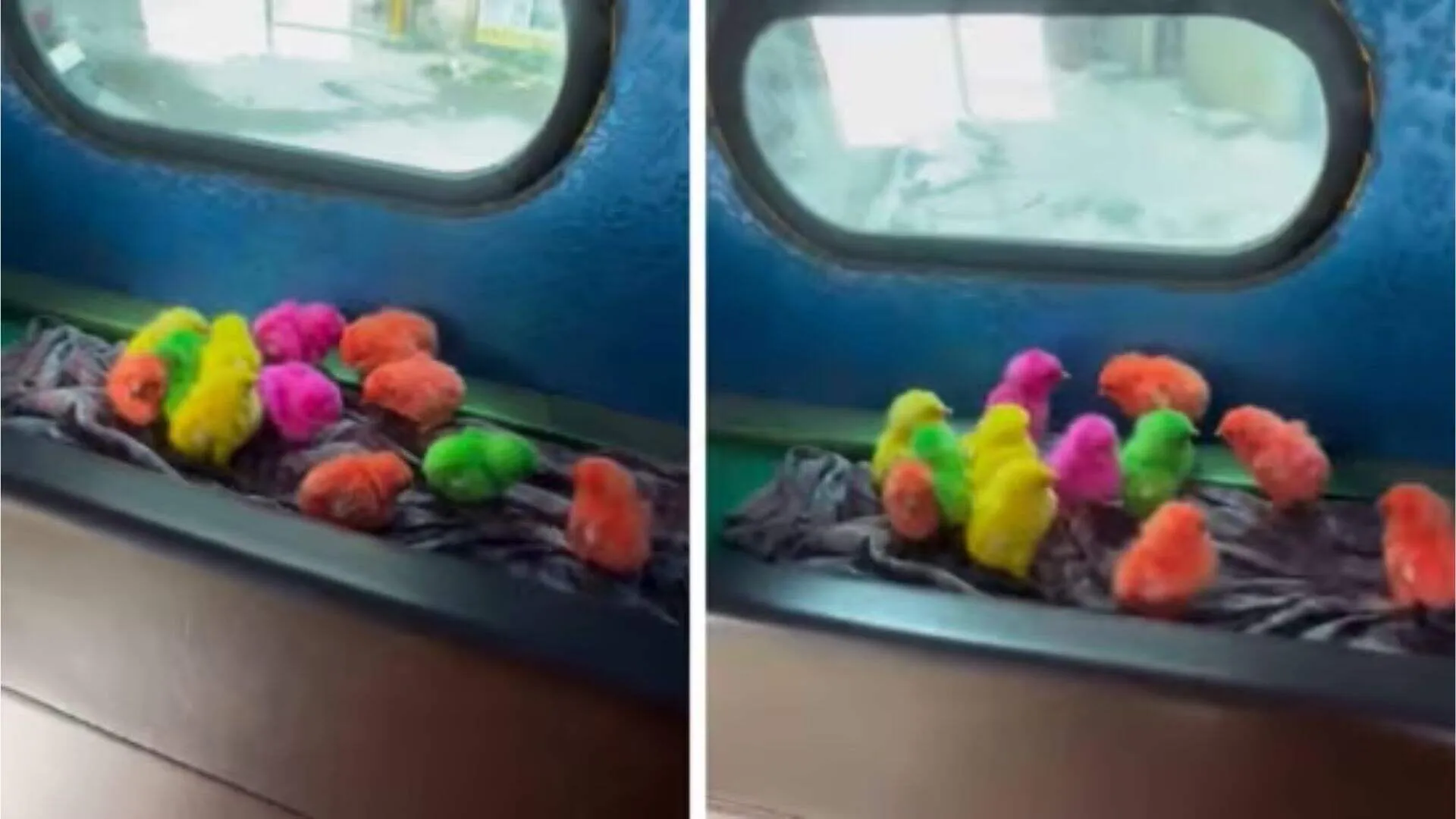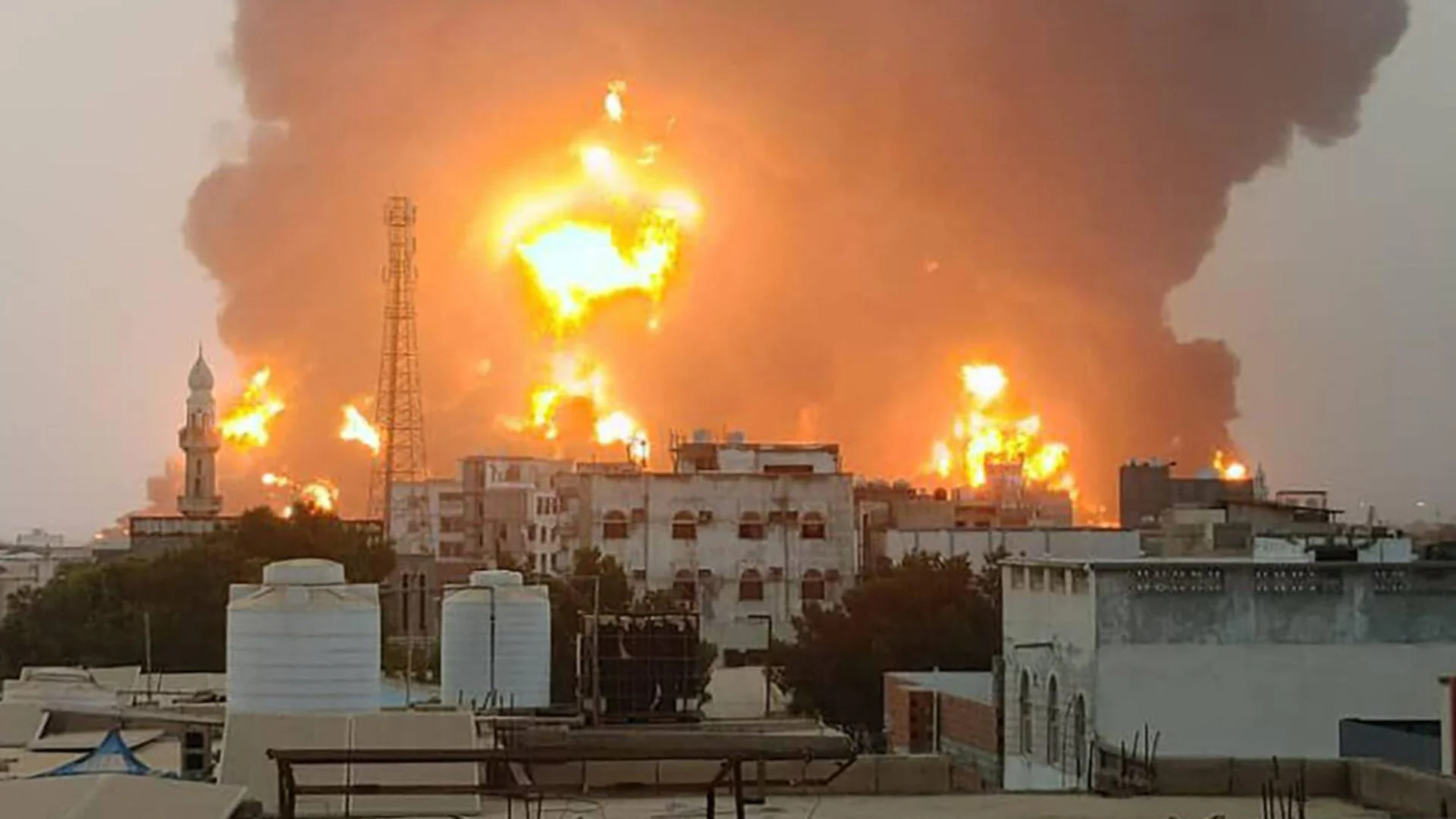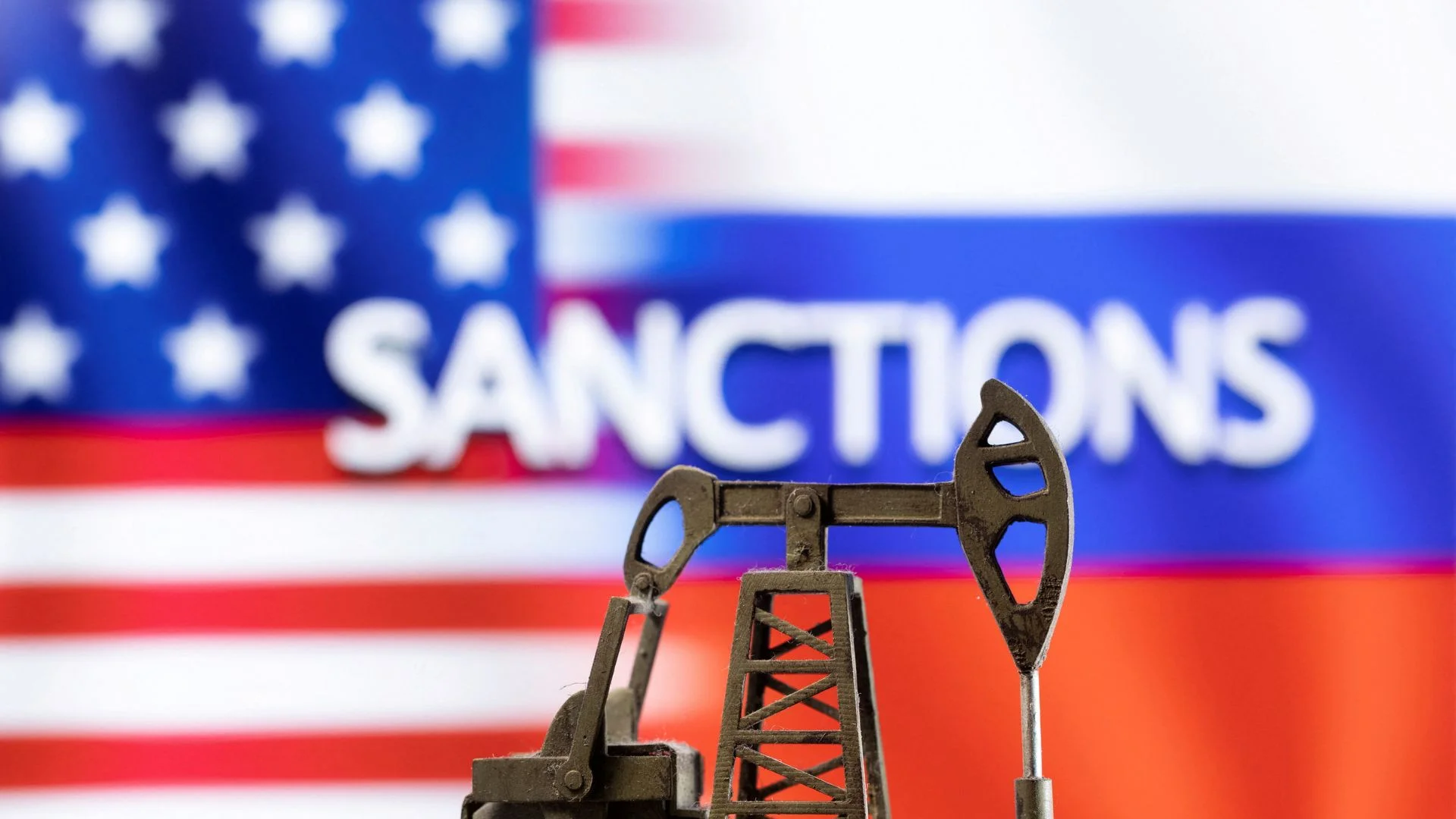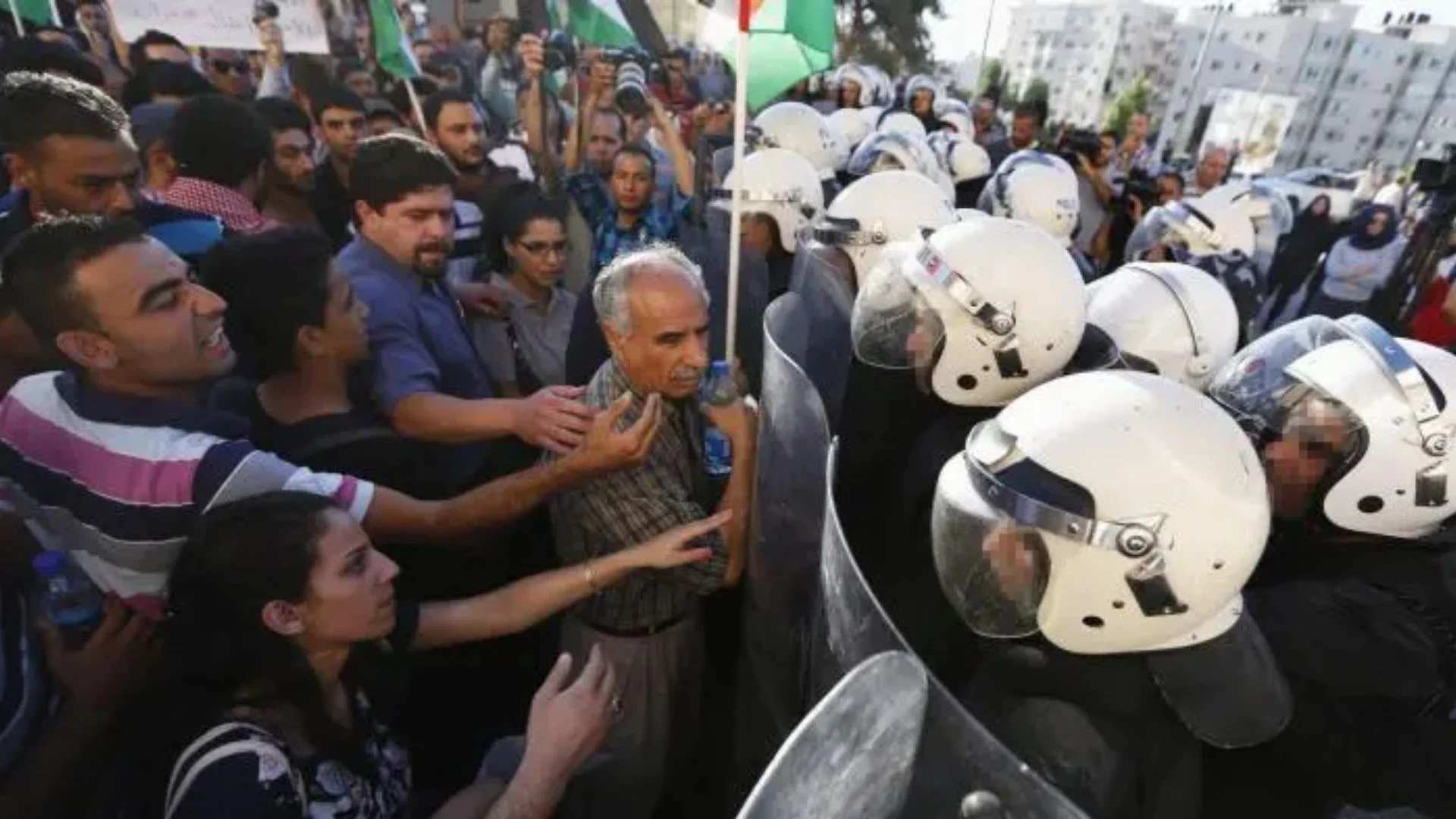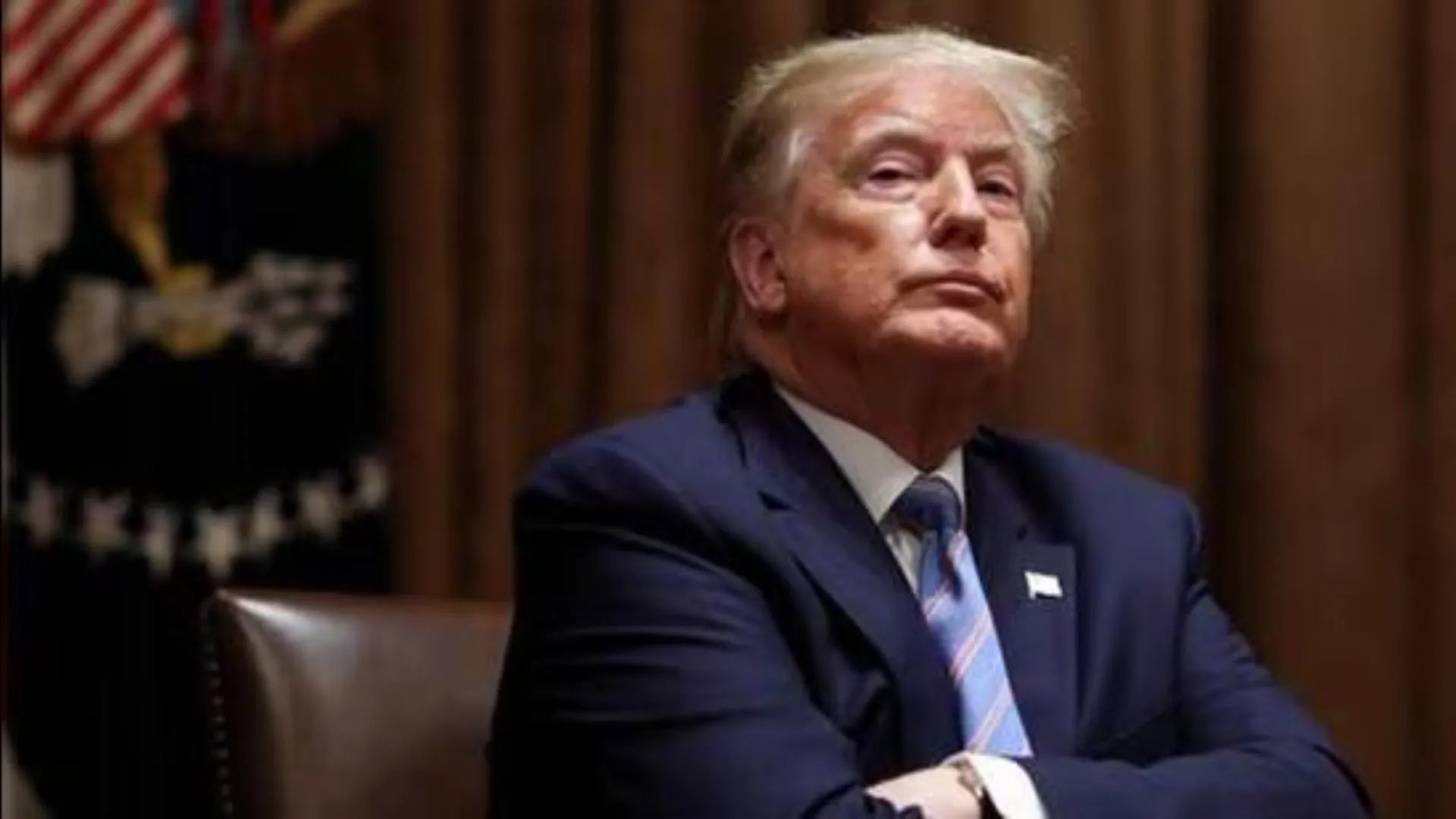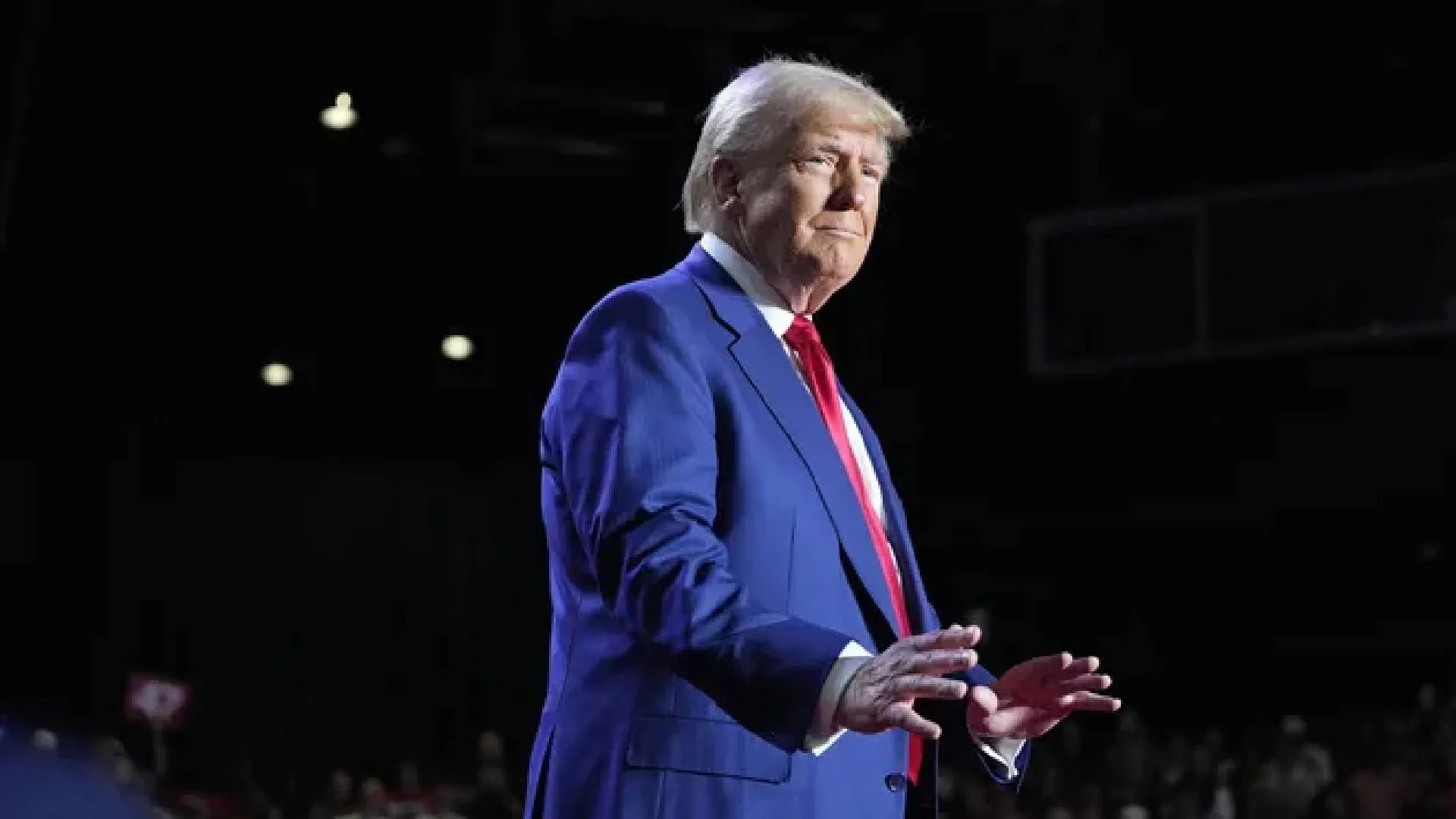Mumbai’s first underground metro line, the Metro 3 project (Colaba-Bandra-SEEPZ), is poised for partial inauguration by Prime Minister Narendra Modi next month. This significant milestone will see the opening of the Aqua Line’s initial phase, which covers a 12-km stretch from Aarey Colony to Bandra Kurla Complex (BKC) and includes 10 operational stations.
During his visit, PM Modi is also expected to launch various major projects in Maharashtra, including a segment of the Thane Creek Bridge and the final phase of the Samruddhi Expressway that connects Mumbai to Nagpur. Additionally, he will lay the groundwork for the Thane Ring Metro.
Key Details of the New Mumbai Metro Stretch:
– Distance: 12 kilometers
– Stations: 10 (between Aarey Colony and BKC)
– Total Corridor Length: 33.5 km
– Expected Completion of Full Line: March 2025
– Total Stations: 27
– Operational Hours: 6:30 AM to 10:30 PM on weekdays; 8:30 AM to 10:30 PM on weekends
– Train Operations: Nine rakes will operate 96 trips daily, with each eight-car train capable of carrying around 2,500 passengers.
– Train Captains: 48 train captains will manage operations, with the potential for driverless trains.
This line will be crucial for daily commuters, providing vital links to both domestic and international airports. Once fully operational, the Aqua Line will connect the southern, central, and western parts of Mumbai, serving key areas such as Nariman Point, Mumbai Central, Worli, Dadar, and providing direct access to Mumbai International Airport.
Mumbai’s Metro Fare Structure:
While the fare for the Aqua Line has not yet been officially announced, it is anticipated to align with existing metro fare ranges:
– 0-3 km: Rs 10
– 3-12 km: Rs 20
– 12-18 km: Rs 30
– 18+ km: Rs 40 or more
Initially, passengers will receive paper tickets with QR codes, with plans to gradually introduce NCMC cards.
The partial inauguration of the Metro 3 corridor is expected to significantly impact urban travel, connecting crucial locations like Santacruz, Marol, and Ghatkopar. This underground line aims to alleviate road traffic congestion, especially in high-traffic western suburbs.
Originally slated for completion in 2021, the Aqua Line faced delays due to environmental concerns regarding the Aarey car depot and slow construction progress by contractors.
The Mumbai Metro network is rapidly expanding, with the Aqua Line being one of 14 planned metro lines aimed at reducing congestion and enhancing connectivity throughout the city.

